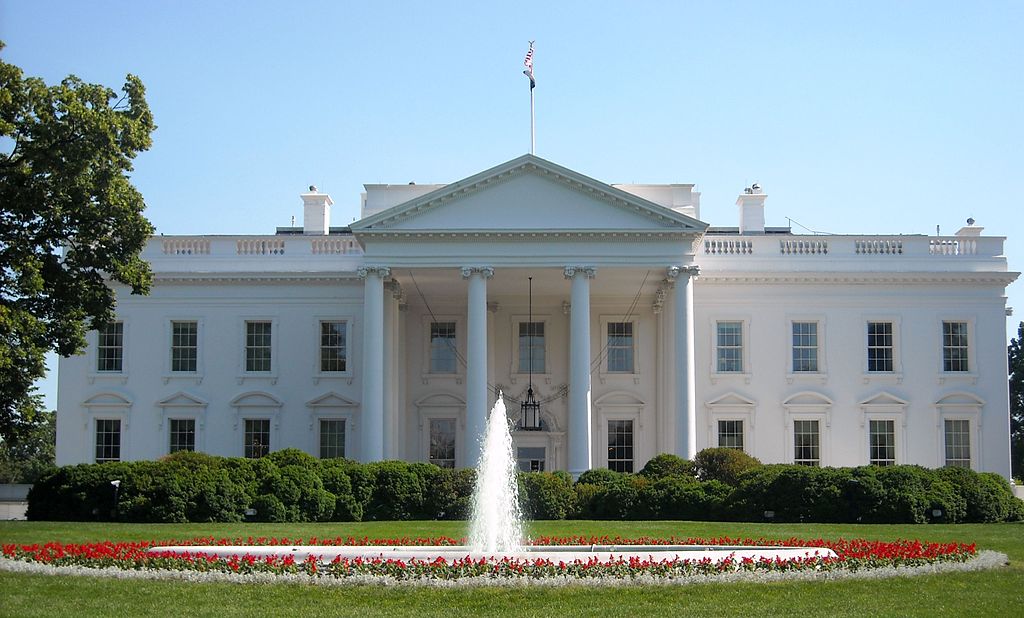by: Adam Roberts
With the 2018 Midterms over, all eyes in the political world are now turning towards the presidential election in 2020. 2016 saw Donald Trump, a New Yorker, elected president over Hillary Clinton, another New Yorker. Meanwhile, 2018 saw Democrats retake the House of Representatives, with New Yorkers expected to lead numerous powerful committees, not to mention that New York Senator Chuck Schumer continues to serve as Senate Minority Leader.
Even with so many New Yorkers in positions of power within the federal government, there are expected to be even more New Yorkers preparing to run for President. Having another New Yorker in the White House could catapult the city’s land use issues to the forefront of the national conversation—taxation, affordable housing, mass transit, resiliency, high cost of construction, and more—though perhaps not in the way we expect.
Despite being from New York, President Trump increased taxes on New York homeowners, has done little to assist with NYCHA’s struggles, has not provided a politically realistic infrastructure plan, withdrew the US from the Paris Climate Accords, and implemented steel tariffs. Having a New Yorker in the White House may not be the panacea for New York’s land use problems some might expect.
Besides President Trump, who is expected to seek reelection, five prominent New Yorkers (all Democrats) are considering presidential campaigns: former US Senator Hillary Clinton, US Senator Kirsten Gillibrand, Governor Andrew Cuomo, Mayor Bill de Blasio, and former Mayor Michael Bloomberg. These will likely be very New York-centric campaigns, based in the city and with much of their staff coming from the world of New York politics.
If any one of these candidates win, we could see a surge of funding for long-stalled federal projects like the Gateway Tunnel. However, as we have seen with the current President, one’s professional background and geographical origin is not always the best way to predict policies.
Pulse Points:
• A long-expected City Council bill requiring buildings over 25,000 square feet to hit energy targets is expected to be introduced shortly, with a hearing on Tuesday, December 4th. The AIANY Committee on the Environment has been working with the Mayor’s Office and City Council on this bill for many months. AIANY will keep its members apprised as the bill moves through the council.
• On Wednesday, November 14, AIANY hosted its inaugural community board recruitment event. Prospective community board members mingled with current members, while learning about the application process and responsibilities from Borough President Gale Brewer’s office and the Department of City Planning. Members interested in applying to be on their community boards should email Adam Roberts, Government Affairs Coordinator, at aroberts@aiany.org, who will keep them updated as soon as applications are released.








